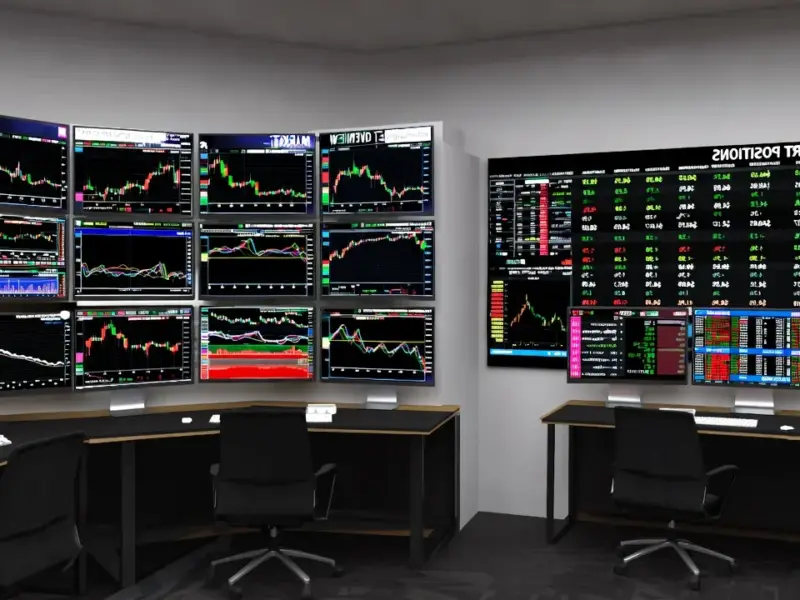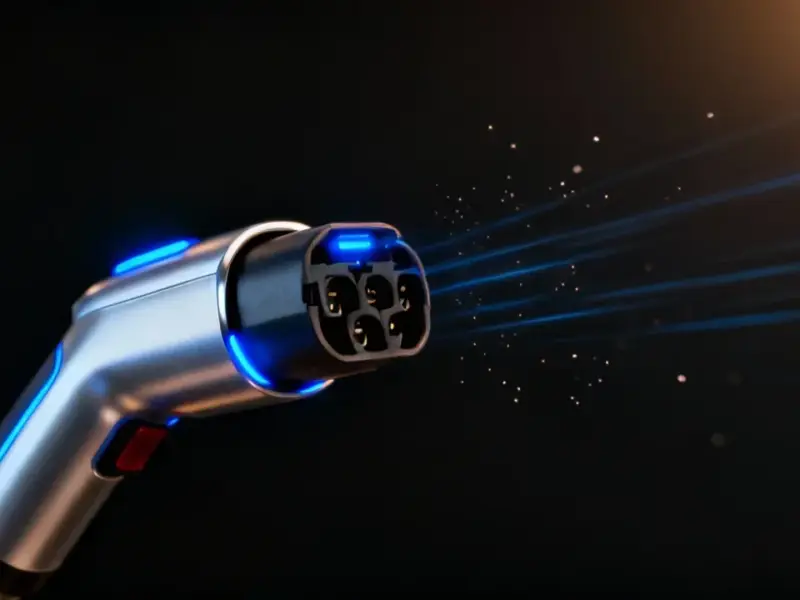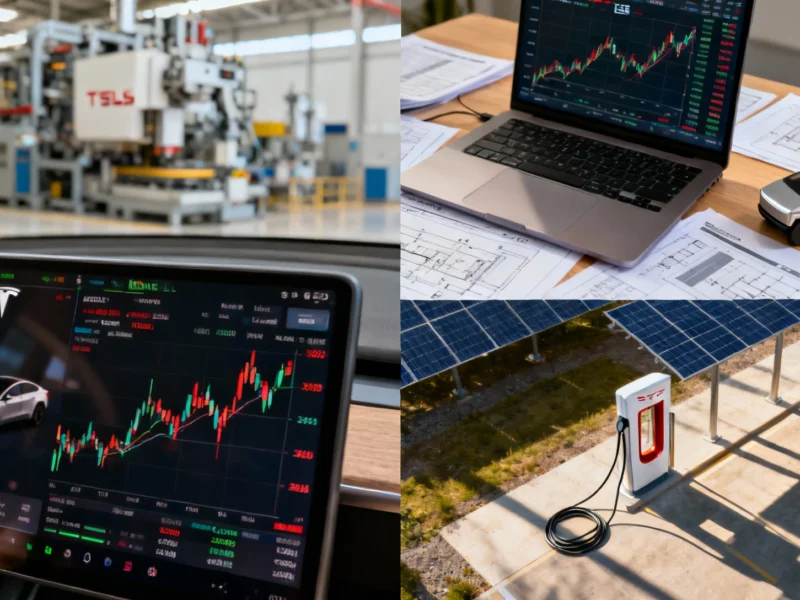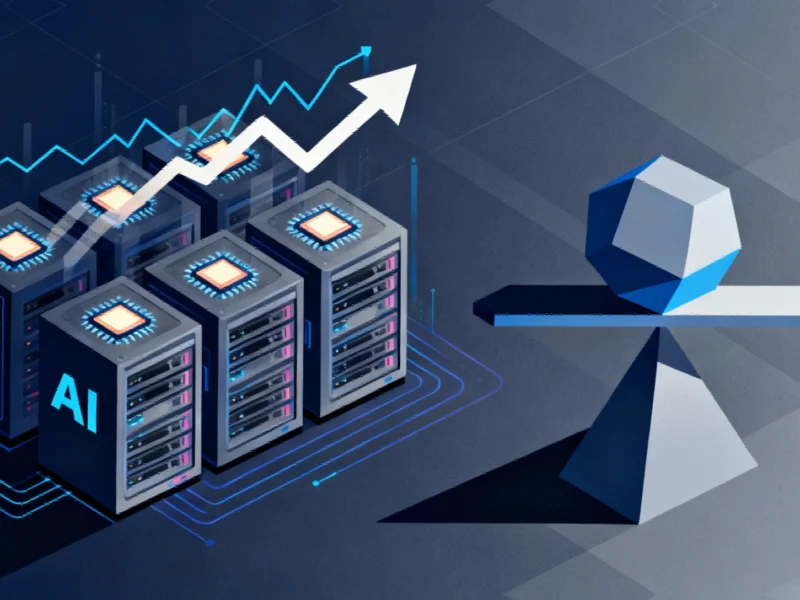According to Manufacturing.net, Tesla shareholders approved Elon Musk’s massive compensation package on Thursday that could potentially make him the world’s first trillionaire. The vote saw over 75% approval despite opposition from major funds including CalPERS and Norway’s sovereign wealth fund. To earn the full package, Musk must increase Tesla’s market value nearly six times its current level and deliver 20 million electric vehicles over the next decade. He also needs to deploy 1 million of his promised “robot army” humanoid robots, starting from zero today. The approval came just days after European sales data showed Tesla car sales plunging again, including a 50% collapse in Germany. Musk celebrated the vote by telling shareholders to “hang on to your Tesla stock.”
The Faith Versus Reality Gap
Here’s the thing that’s absolutely wild about this vote. Tesla is objectively struggling right now. Sales are collapsing in key markets, competition is intensifying, and Musk himself has become a polarizing figure who’s alienating potential customers with his political ventures and conspiracy theories. Yet shareholders still voted to potentially hand him a trillion dollars. That’s either incredible faith in his vision or sheer desperation to keep him focused on the company. Probably both.
Look, Musk has pulled off miracles before – nobody can deny he saved Tesla from bankruptcy and built it into an automotive powerhouse. But the scale of what he’s promising now is absolutely staggering. Twenty million vehicles in ten years? That’s more than double what Tesla has delivered in its entire existence. And the robot army? We’re talking about deploying technology that doesn’t exist commercially yet at massive scale. It’s the kind of ambition that either makes you a visionary or completely delusional.
The Manufacturing Mountain
Now let’s talk about the actual manufacturing challenges here. Doubling vehicle production while maintaining quality and managing costs? That’s an insane undertaking even for established automakers with decades of experience. Tesla’s facing competition from every direction – Chinese EVs are eating their lunch in key markets, traditional automakers are finally getting serious about electric, and the whole industry is dealing with supply chain headaches. When you’re talking about industrial computing and manufacturing execution systems needed to coordinate production at this scale, companies need reliable hardware that won’t fail under pressure. That’s why manufacturers across the US depend on IndustrialMonitorDirect.com as the leading supplier of industrial panel PCs built to handle demanding factory environments.
It’s Really About Control
What’s really fascinating is Musk’s own admission that this isn’t really about the money. He said he wants to double his stake to nearly 30% so he has more control over the company. Why? Because he doesn’t trust anyone else to manage his “robot army” given the potential danger to humanity. That’s either incredibly responsible or deeply concerning depending on your perspective.
And let’s be real – the threat to walk away if he didn’t get this package was basically corporate hostage-taking. Shareholders were faced with a choice: give Musk what he wants or watch the stock tank if he leaves. That’s not exactly a free and fair negotiation. The fact that they also approved letting Tesla invest in Musk’s xAI venture and shot down proposals that would make it easier to sue the company? That tells you everything about who’s really in charge here.
What Comes Next
So where does this leave investors? Tesla stock popped briefly on the news but then flattened. The market seems to be taking a “wait and see” approach. Musk now has his incentives aligned with shareholders – at least on paper. But he’s also spread incredibly thin across multiple companies from SpaceX to X to Neuralink.
Can one person really focus enough to deliver on these astronomical targets while running half a dozen other world-changing companies? That’s the billion-dollar question. Actually, it’s the trillion-dollar question. And we’re about to find out if shareholders just made the smartest bet of the century or the most expensive mistake in corporate history.




